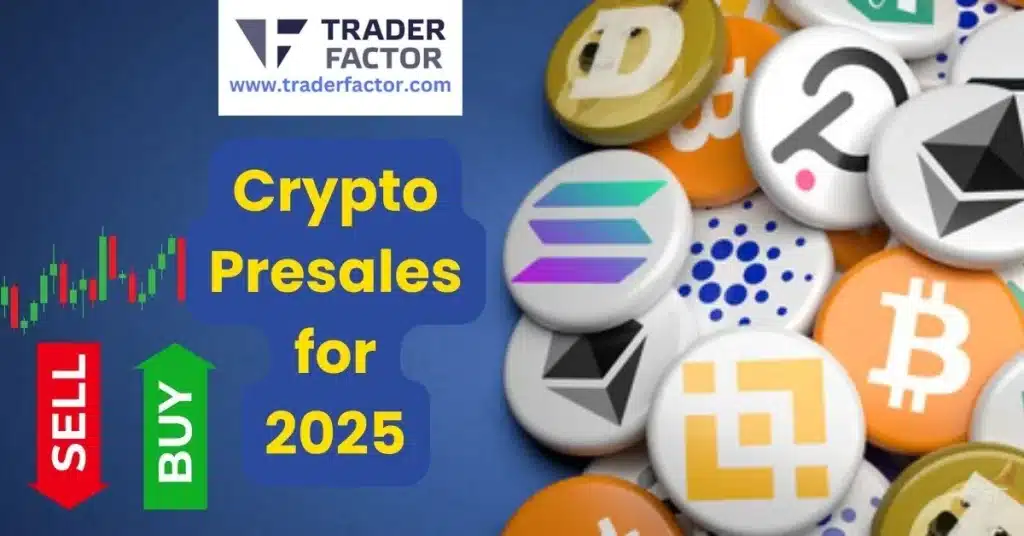In every bull run, people rush to find the next thing. The next token. The next standard. The next protocol. But they rarely ask the quieter question: What infrastructure do I trust when the hype dies down?
That’s what makes 2025 a different kind of year for inscriptions.
The surge of BRC-20 tokens and the emergence of Atomicals (ARC-20) have rewritten how we see Bitcoin—not as a store of value, but as a programmable base layer. With that change comes a new need: trustworthy, efficient, secure marketplaces. Not just to trade, but to transact without panic when gas fees rise, mempools clog, or your browser crashes mid-inscription.
This list isn’t just about features. It’s about behavior. Because in markets that run 24/7, your choice of marketplace says more about your habits than your preferences.
So, here’s a look at the top 5 inscription marketplaces—ranked not just by volume or hype, but by what they help you do when things get unpredictable.
1. Gate.io – The Liquidity Anchor
When it comes to BRC-20 trading, Gate.io isn’t the flashiest platform. But in markets built on attention spans, boring is a feature, not a bug.
Gate.io quietly captures between 30–44% of all BRC-20 volume. That kind of liquidity doesn’t happen by accident. It happens because users—retail and institutional—return when it matters most: during volatility.
Gate’s inscription launchpad now supports BRC-20, DRC-20, and even TON-20. The interface is smooth, the onboarding is fast, and for many traders who started with altcoins, Gate feels familiar. It also offers features like a PSBT signing layer that reduces failed inscriptions—an underestimated pain point in the broader market.
But here’s the behavioral insight: people stick with what feels stable, especially after getting burned elsewhere. Gate isn’t just where people mint—it’s where they regroup.
2. UniSat – The Non-Custodial Purist
If Gate.io is the bank, UniSat is the cabin in the woods.
UniSat was never built for mass adoption—it was built for those who believe not your keys, not your inscriptions. As a self-custody wallet that doubles as a marketplace, it gives users full control over their BRC-20 and inscription experience.
That control comes with risk. You sign your own PSBTs. You manage your own UTXOs. And yes, you also face front-running, especially during hype windows. But here’s the trade-off: you see the raw behavior of the market. No filters. No cushions.
The best metaphor for UniSat isn’t financial. It’s wilderness training. You don’t go there for luxury. You go there to learn what you’re made of.
The platform has seen usage dip in favor of more centralized offerings, but it remains a cornerstone for those who value sovereignty over convenience.
3. Binance – Where the Volume Lives
You can criticize Binance. Many do. But you can’t ignore it.
With the rollout of inscription support in 2024 and an ever-growing BRC-20 catalog (over 60,000 tokens supported), Binance has cemented its role as a volume powerhouse. The platform integrates UniSat liquidity, offers a BTC Transaction Accelerator, and combines custodial ease with high-frequency access.
But what’s more interesting is what Binance doesn’t market: its role in onboarding normies to the world of inscriptions.
Binance is often the first stop for traders who heard about ORDI on Twitter or saw a friend inscribe some meme token. It’s the training wheels platform—but make no mistake, those wheels can still roll fast.
Some users look for a binance futures referral code not because they want to speculate—but because they want a backdoor into a market they don’t yet understand.
If UniSat is a cabin, Binance is Times Square. Loud. Crowded. But undeniably central.
4. Atomicals Market / Bitatom – The ARC-20 Specialists
ARC-20 tokens (aka Atomicals) aren’t just a spin-off. They’re a different dimension.
Atomicals Market, and its faster cousin Bitatom, are purpose-built for ARC-20 inscription and trading. They support the atomicals.json standard, native minting tools, and wallet integrations for what is arguably Bitcoin’s first real attempt at decentralized object indexing.
In late 2023, Atomicals Market suffered a high-profile breach. 33,000 ATOM were lost due to improper PSBT handling (SIGHASH_NONE). But unlike many platforms that go silent after a hack, Atomicals Market publicly disclosed, compensated users, and improved its signing model.
That matters.
In crypto, breaches are inevitable. What defines a good platform isn’t whether it breaks—it’s how it behaves after.
ARC-20’s trajectory in 2025 remains uncertain. But for now, Atomicals Market is the home base for believers—and Bitatom is the faster, leaner alternative for those who prefer speed to ceremony.
5. OKX – The All-In-One Gateway
If Binance is the Times Square of crypto, OKX is the airport lounge.
It’s clean. Efficient. Surprisingly feature-rich. And increasingly friendly to inscriptions.
OKX has leaned into its Web3 wallet, offering seamless support for BRC-20 inscriptions with low fees (~0.08% maker, 0.1% taker). Their inscription dashboard is intuitive enough for beginners and powerful enough for pros.
More importantly, OKX has made effort to educate. Its blog posts and academy modules cover PSBT logic, UTXO theory, and BRC-20 mechanics in plain English. That’s rare in a space where most platforms assume users already know how to debug an ord.json file.
OKX isn’t trying to dazzle. It’s trying to retain. And in a market where attention is the hardest currency to keep, that’s a strategy worth watching.
Choosing a Marketplace is Choosing a Mindset
Most people ask: “Which marketplace gives me the best fees?”
That’s the wrong question.
The better question is: Which one helps me behave the way I want to behave?
If you’re someone who panics when your transaction is stuck in mempool, don’t go full DeFi.
If you value ownership more than speed, avoid platforms that hide what they’re doing under the hood.
And if you care about learning, pick the tool that teaches you something when you make mistakes.
The paradox of trading inscriptions is that the technology moves fast, but the discipline required to thrive in it changes slowly. It’s the same discipline that worked in 2017, in 2021, and now again in 2025: patience, curiosity, and constraint.







